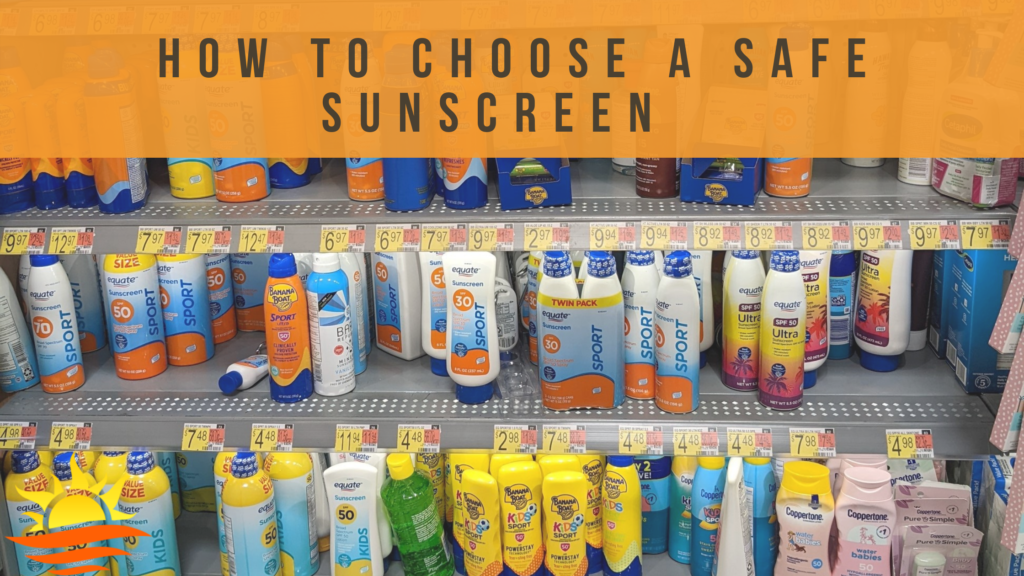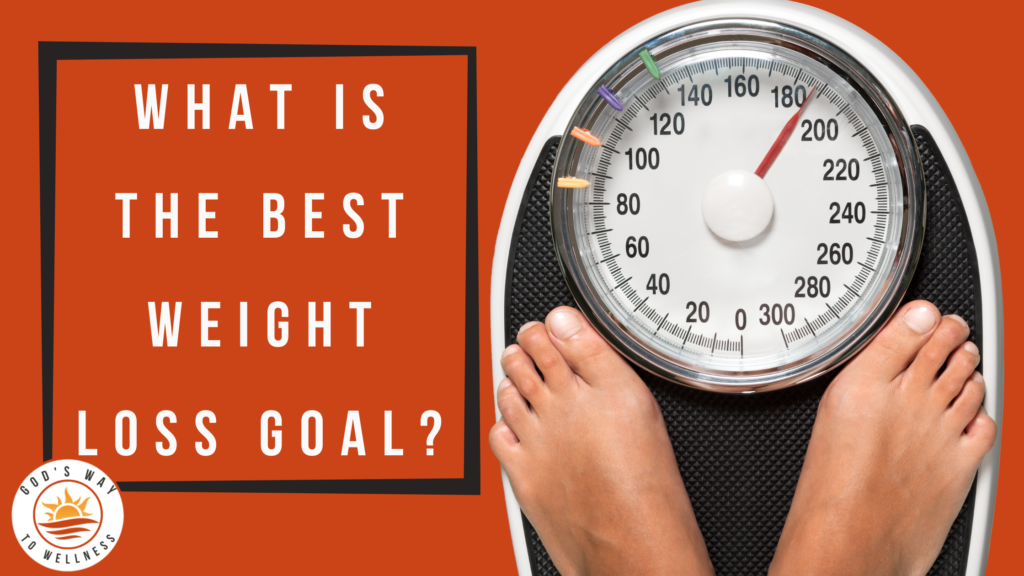As I gaze at the display of brightly colored bottles and tubes, I contemplate the multitude of choices. Lotion, stick, or spray? Broad spectrum, water resistant, or reef friendly? Oil free, lightweight, or tropical scent? Is a higher SPF better?
Since skin cancer is the most common type of cancer in the U.S., the medical community recommends using sunscreen to decrease your risk of skin cancers and precancers. However, the availability of a sunscreen product does not guarantee its safety. With so many options, how do you choose a safe sunscreen?
Good news about sunscreen safety
There is some good news about toxic chemicals in sunscreens! Consumers spoke up and companies listened. Analysis by the Environmental Working Group shows the use of oxybenzone, a hormone-disrupting sunscreen chemical shown to absorb through the skin, has dropped over 50% since last year and is now found in only 6% of SPF products.
Even though this is an important step forward, there are still many damaging chemicals in sunscreen products.
Read the labels, including the ingredients list
It’s hard to decipher the labels on sunscreens. Check out the EWG’s excellent infographic on how to read the sunscreen labels.
When choosing a safe sunscreen, always avoid oxybenzone and octinoxate. Other ingredients with moderate toxicity concerns are homosalate, octisalate, and avobenzone.
Look for mineral-based products containing zinc oxide or titanium dioxide. Products labeled for use on children usually contain these ingredients.
Avoid sprays and powders
Spray sunscreens may be contaminated with benzene, widely recognized as a carcinogen.
In addition, sprays are difficult to apply in a thick, even layer. If you must use a pump or spray, apply sunscreen to your hands first, then wipe it on your skin to ensure uniform sun protection.
Also, manufacturers often use nanoparticles in mineral-based sunscreens to reduce whiteness and increase SPF.
However, it may be dangerous to inhale nanoparticles. The Environmental Working Group cautions against using loose powder makeup or aerosol sunscreens containing titanium dioxide or zinc oxide because of the inhalation risk.
Choose broad spectrum and water resistant
Broad spectrum sunscreens protect against both UVA and UVB rays.
Water resistant is a good choice, but no sunscreen is waterproof. Check the manufacturer’s instructions on the label. Most products state to reapply after 80 minutes or two hours of water and sweat exposure.
Avoid SPF over 50
SPF or sun protection factor is a measure of skin redness protection. However, this measures only UVB rays, not UVA.
High SPF products over 50 contain more chemicals, with not much more protection. They also give a false sense of security to stay outdoors in the sun longer. In addition, the product may have poor protection for UVA, which causes aging of the skin and an increased risk of skin cancer.
The EWG suggests choosing a sunscreen with an SPF of 50 or less.
How to purchase a safe sunscreen
There is more good news about choosing a safe sunscreen. The Environmental Working Group introduced the EWG Verified for sunscreens, their highest rated products.
In addition, consult the EWG Guide to Sunscreens to find their top-rated products in each category. The ratings are 1 to 10, where 1 is the best, and 10 is the worst.
I recently found Yuka, a free app for analyzing food and personal care products, including sunscreens. While shopping, scan the product barcode to determine which products are good for you and which ones you should avoid.
When you scan a product that scores poorly, Yuka offers independent recommendations for similar items that are better for your health. Yuka displays the products you have already scanned. An easy-to-understand color code lets you view the product’s impact on your health.
Shopping for sunscreens
I went to Target this year for my research on purchasing sunscreens.
First, I found many poor choices labeled for children, though one brand, Blue Lizard, has several good choices.
- Blue Lizard Kids Sunscreen Stick
- Blue Lizard Kids Mineral-Based Sunscreen Lotion
Next, I was glad to find one good choice for a spray, and one for a powder.
- Sun Bum Premium Moisture Sunscreen Spray SPF 30
- Hawaiian Tropic Translucent Sunscreen Powder.
Last, the Native brand at Target has several highly rated products, but they are more expensive than the other brands.
- Mineral Sunscreen SPF 30
- Unscented Mineral Face Lotion (I purchased this one.)
- Coconut &Pineapple Mineral Sunscreen
Practice smart sunning
Instead of relying solely on sunscreen, follow these tips for smart sunning.
- Find shade either under trees or make your own by using an umbrella.
- Cover up with clothing such as long sleeves and long pants.
- Wear sunglasses and a wide-brimmed hat.
- Spend time in the sun in the early morning and late afternoon hours when the sun is not as intense. Avoid the hours from 10 am-2 pm.
Summary
How do you choose a safe sunscreen?
First, choose a lotion or cream, mineral-based sunscreen containing zinc oxide or titanium dioxide with an SPF of 50 or less.
Second, consult the EWG database or the Yuka app to choose a safe sunscreen.
Finally, follow label instructions for how often to apply and the quantity. Practice smart sunning and enjoy summer!



